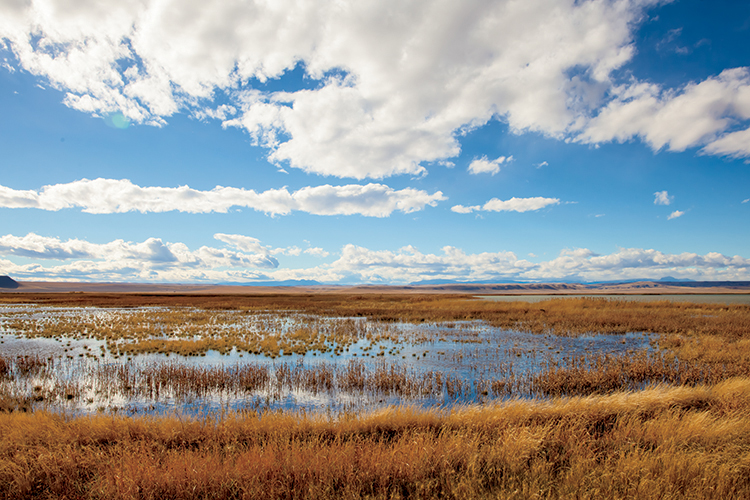Home > Montana > Montana Environment > Tackling Montana’s Water Shortages Head On
Tackling Montana’s Water Shortages Head On

A new effort in Montana is making the state – and its ag community – more resistant to drought.
Montana’s National Drought Resilience Demonstration Project is bringing people together to monitor resources and develop proactive, long-term strategies to address the state’s current and future water shortages.
The project was developed as part of the National Drought Resilience Partnership (NDRP) – a collaboration between seven different federal agencies.
“Historically, our approach to drought in this country has been reactive. We wait until we’re in a crisis, and then we’re responding to a crisis,” says Administrator Shaun McGrath of the Environmental Protection Agency’s Region 8, which includes Montana. “What we are doing in the eight watersheds that are a part of this demonstration project is pulling the various water users together – including agriculture – with the federal agencies, state agencies and local governments to think through how we’re going to respond to times of shortage and how we’re going to reduce the impacts of that drought.”
“We want to try to avoid a situation where you’re pitting endangered species against farmers or industry against municipal water,” he says.
Some of the strategies proposed by the project, which is headed on the state level by the Montana Department of Natural Resources and Conservation, include beaver mimicry to restore some of that natural flood plain systems, conifer encroachments and wetlands restoration. Leaders hope these projects will enable the state’s natural systems to restore some of the resilience to drought that have been lost over the last several decades.
McGrath says Montana’s agriculture community plays a critical role in the project, particularly given its dependence on a sustainable water supply. He says it’s important for growers to engage in “conversations to help us understand what their water needs are, and when.”
“There are water rights that we need to be respectful of. We also need to be mindful of things like specific growing seasons and when spring runoff occurs,” McGrath says.
Montana’s growers have actually been practicing conservation strategies long before the formation of the NDRP, says Program Specialist Zach Brown who leads One Montana’s Water, Climate and Agricultural Program. The statewide organization is working to build and sustain basic connections between rural and urban Montanans.
“Most farmers and ranchers are wonderful stewards of the land, and they deserve our continued support. Not only do they produce the food we eat, but they also provide wildlife habitats and open space. They’re stewards of our soil and vegetative resources, and they help to keep water in our rivers,” Brown says.
McGrath agrees, and adds that conservation efforts that help farmers will ultimately help everyone’s bottom line.
“If we’re in a significant drought, the costs go up when farmers are having to haul water or sell off livestock early because they can’t raise them in that area anymore. That impacts the economy,” he says. “By being more sustainable and trying to mitigate and minimize the impacts of water shortages, we believe we can lessen some of those economic impacts.”



